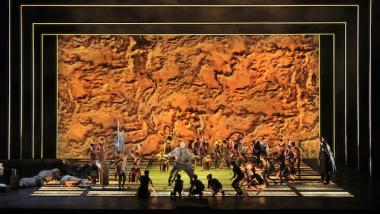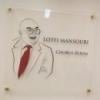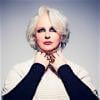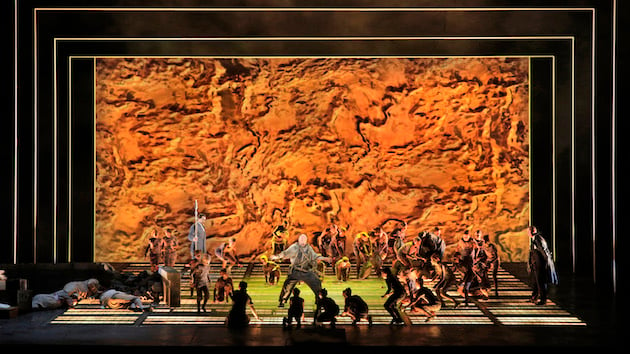
Richard Wagner’s Der Ring Des Nibelungen, (The Ring of the Nibelung), aka the Ring Cycle, a musical and theatrical epic comprising four separate operas, Das Rheingold, Die Walküre, Siegfried, and Götterdämmerung, is returning to San Francisco Opera this week. One of the most ambitious operas to undertake on every level, it makes herculean demands on everyone involved in it, both on — and off — the stage.
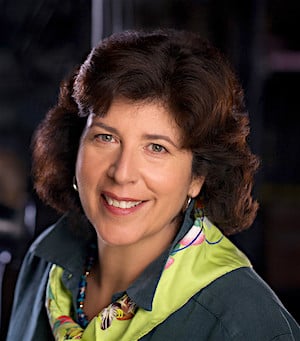
Under the direction of Francesca Zambello, this production, a collaboration between S.F. Opera and Washington National Opera (where Zambello is artistic director), premiered in San Francisco in 2011, and was performed by Washington National Opera at the Kennedy Center in D.C. in 2016.
"Lots of changes have been made between those two shows,” says Jeffery McMillan, senior communications manager at S.F. Opera. “Many things work on new systems now, with one ‘mission control’ computer.”
While the music itself is the primary focus, and what people pay to hear, what does it actually take to stage this opera behind the scenes, and what kind of technology is required? Or, in simpler terms, exactly how many lightbulbs does it take to take to put on a full production of the Ring?
“It takes 4,000 individual light bulbs that can change color,” says assistant lighting designer Mark Hueske Thomas, pointing to the new lightboard in the floor of the stage at the War Memorial Opera House during a recent backstage tour to learn about what’s new in the way of technology for the Ring in 2018. “A big part of what we’ve added to the production is the LED lighting strips. There are 144 of them under the deck.”
Although the lighting strips in the floor were used in the two prior productions, the older version was only capable of producing four-to-five different colors. Now with much higher definition, Hueske Thomas explains that it is like a giant movie wall — a projection screen that can actually “play” an entire video or movie, or can function something like a screensaver, with a constant movement of light. It has greatly enhanced their ability to create unique special effects, such as lightning bolts cascading across the floor. “This under-deck lighting is something you would be more likely to see at a rock ’n’ roll show,” says Hueske Thomas.
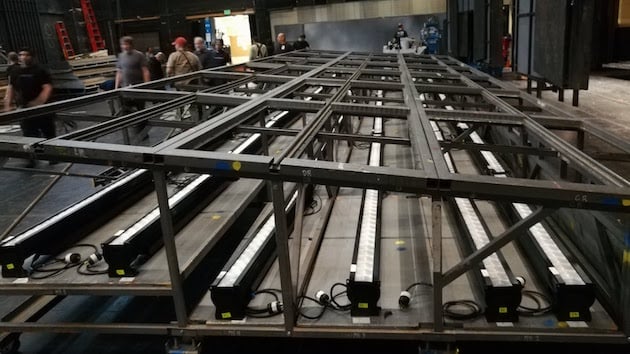
In addition to the floor lighting strips, additional front and rear projection with better processing has been added, according to Erik Walstad, technical and safety director at SFO, who some the staff refer to as the “Wizard.” He explains that a lot of the mixing can now be done live, which makes a huge difference in the effect.
“When you are looking at a projection image, and seeing layers of clouds going by, and it seems very organic and natural, that’s a process of building up different layers of video on top of each other, which is the way it would actually happen in the world,” says Walstad. “Now when we run a video, and it plays underneath the deck, shining up, it gives us an infinite number of colors and patterns.”
Another interesting technological “toy” in this production, Fafner, the dragon in Act II of Siegfried, is manifested as a giant mechanical monster made of wood, metal, and plastic. At 12 feet, six inches tall and wide, and weighing in at around two tons (close to 4,000 pounds), it is no easy task to move on, around, or off the stage. Built kind of like a golf cart, it holds a driver in the bottom, and a singer in a turret on the top. The turret rotates, the front claws go up and down, it spews blood when Siegfried stabs it, and it is capable of a number of pyrotechnic effects.
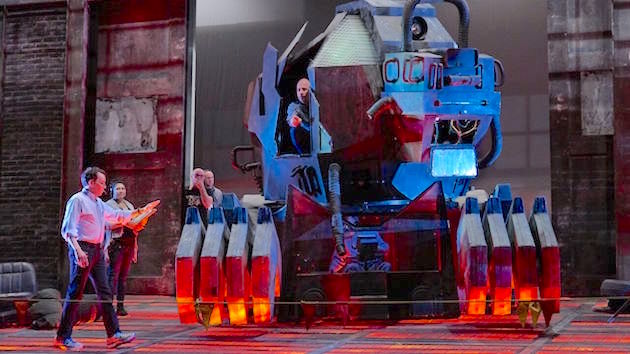
Speaking of pyrotechnic effects, there’s a lot of that in the Ring, which requires collaboration with the San Francisco Fire Department. On my backstage tour, Hueske Thomas pointed out a large propane tank nestled under the stage. He says that for every performance using propane, a staff member from S.F. Fire must be present. In addition, any performer who will be anywhere near a pyrotechnic effect, must be wearing a costume treated with flame retardant.
Another upgrade done for this Ring was the installation of new stage lifts that are able to go down an entire story, right into the basement. One of the biggest advantages is that they are hooked up to a central, unified system that controls other technical elements of the show, like the rigging and the flying system, used when several of the Valkyries in Act III of Die Walküre parachute in.
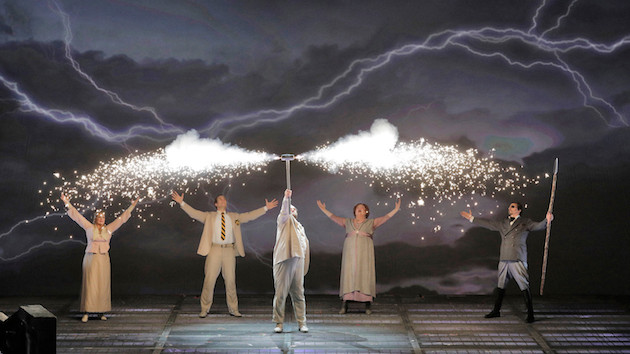
Walstad explains that projection work has been a large part of opera production for the last decade, replacing slide projections made from hand-painted glass slides, an art form that was beautiful, but not cost-effective. The same thing applies to backdrops. “With video projection, we can hang one screen, frame it however we would like to, and then begin the painting process,” says Walstad, “but there still are times when a hand-painted drop is what we want.”
A lot of the action happens in the technical department where the challenge is to create effects that will meet the vision of the stage director and the artistic team, as well as the expectations of the audience. “Even though we are doing opera, there are times when we are competing with what people see on TV or at the movies or the Super Bowl,” says Walstad. “You see something on stage and expect a certain spectacle.”
“If you think about the history of this [opera] and compare it to the history of consumer electronic technology, Rheingold first came here in 2007. That was the time when people had their first iPhones. We brought this back in 2011, which was the year after the iPad. So think about how much people had changed their habits and what they were doing with their phones.
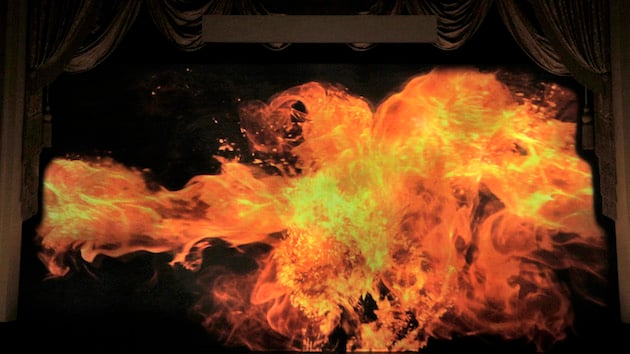
“Now we’re in 2018 and we have an entire stage that’s covered with LEDs that are looking at a video projection and recreating it. So, it’s almost this parallel — we’ve been able to keep moving along with production at the same pace as the rest of the world, and create what people have come to expect.”
Does that technological spectacle ever get in the way of the music?
“Our primary focus is the musical performance and building the supporting structure,” says Walstad, describing it as a grand setting for grand opera. “We know that the music is the most important thing — that’s what people are coming to see. If they get to see all the spectacle with it, that just enhances the music that they are experiencing.” Comparing opera to concerts and sporting events Walstad adds, “We have a really great product, and we should support it at that same level that those other types of entertainment are able to support.”
Walstad admits that with all the technology now available for special effects, they do have to be reined in at times. “Sometimes you come up with all kinds of ideas, and they just say — ‘no,’” says Walstad with a laugh. We’re always ready to have somebody say ‘no.’”
Fortunately, however, Ring enthusiasts just say — “yes.” Much like Trekkies, (maybe they should be called — Ringies), hardcore Ring fans travel the world to see it wherever — and whenever — it is staged, and they won’t be disappointed in what they see in San Francisco.
Corrections: This article has been amended with updates on certain technical details to make it more accurate.

